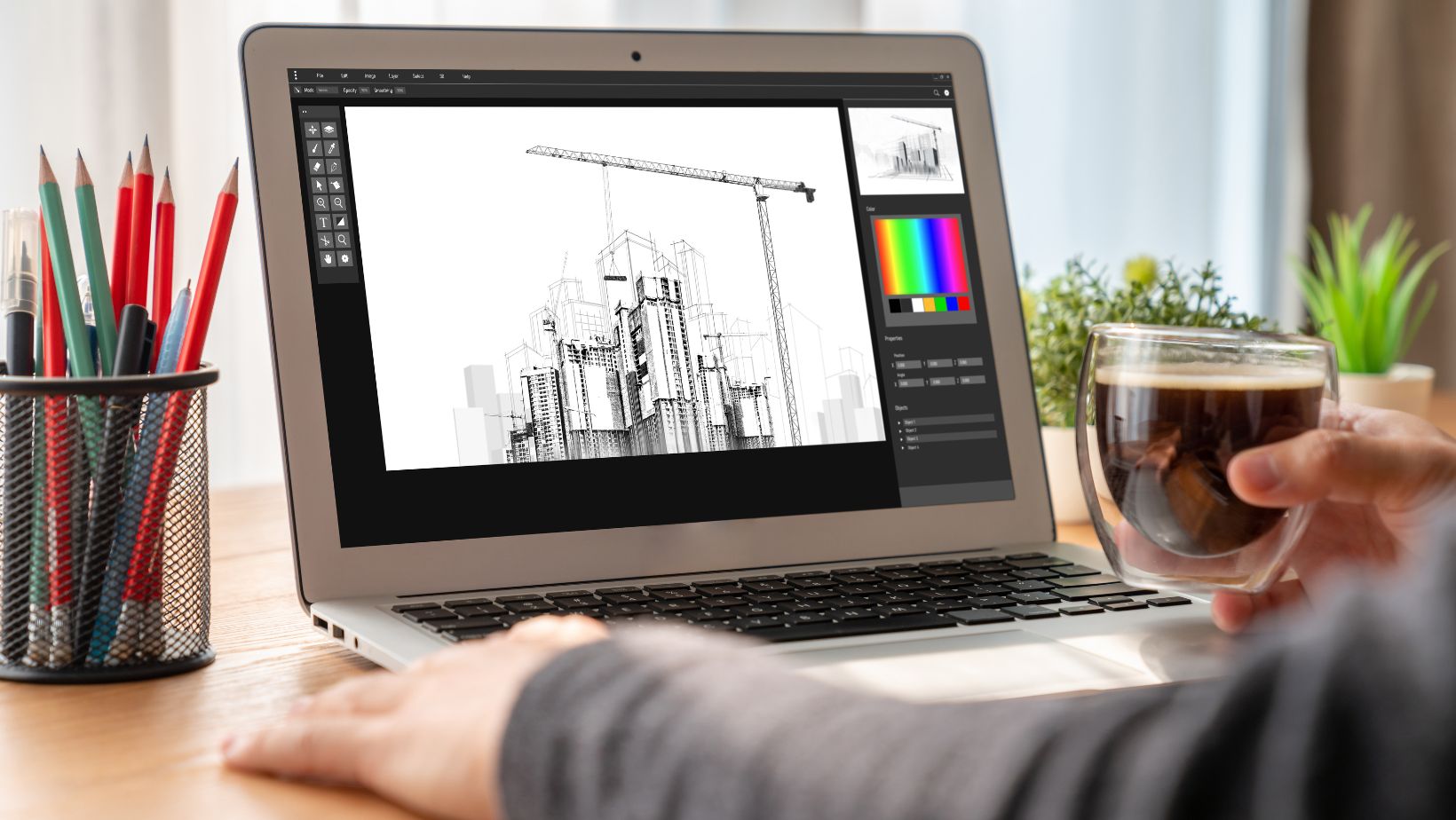The casino floor has undergone a dramatic transformation, its vivid neon lighting is now accompanied by something wholly new and unique – the slot machines. The traditional slot machine with its mechanical reels and a pull lever has gone through significant evolution and is now amongst entertainment societies. The player’s perspective is completely different as the software architecture which sits at the heart of this evolution is out of sight.
The Digital Revolution Behind the Spinning Reels
The innovations in gaming machines have seen modern one’s blend entertainment and advanced technology such that a contemporary slots machine is a computer in disguise. In modern slot machines, digital aspects such as random numbers and player tracking is taken care of by sophisticated software systems. The industrial design of these machines has to provide fun while entertaining the players and at the same time meeting security standards, regulations, and entertainment value.
About five years ago, I happened to be walking through the showroom of a casino game manufacturer and saw engineers doing usability testing on new machines. The attention to the design’s coding system struck me instead of the graphics or sounds. “This system has more security checks than many banking applications”, he said proudly explaining several features of the system he was the lead designer of.
From Mechanical to Digital: The Architectural Evolution
The evolution in the design of slot machines corresponds with the development of software development. Early computerized slots abandoned logical classification of work in favor of brute force and used simple, uniform, monolithic code structures – one big block of a program did all functions.
Current-day machines are built with sophisticated layered architectures or partitions that separate functions. These include: interface layer for everything that the player sees and interacts with; business logic layer for handling the rules of the games played; and data persistence layer for storing data.
This didn’t occur at all once. It took manufacturing and casino operators a lot of consideration based on player trust (are these machines fair?) and regulations (in what way can gaming commissions check the outcomes of the digital machine?).
Random at Heart: The Core Architecture Component
The nucleus of every slot machine’s software is built around its RNG (Random Number Generator). The RNG needs to achieve two goals, one being completely unpredictable while producing auditable results. The core query is how do you build something that is random yet verifiable?
Pseudorandom number generators with entropy based hardware components create unpredictability that can still be checked mathematically. This equilibrium is one of the most fascinating problems in gambling unattended and under-applying gambilge software architecture.
Network Architecture: The Invisible Connection
These days slot machines donʹt function independently. They are linked through central management systems with sophisticated slot machine network architectures. Real time security surveillance, player tracking, and jackpots that span multiple machines are just a few things sophisticated networks enable.
The networking problem is one of the most challenging because it has to be one hundred percent foolproof invisible to players but maintain total reliability and security. During the height of a major jackpot, momentary network hiccups could spell a disaster of customer service and legal issues.
User Experience Design Within Architectural Constraints
One of the more interesting facets of a slot machine’s software architecture is how it enables a captivating user experience within given constraints. Experience designers have to operate inside the boundaries of the RNG systems and still create experiences that are rewarding and enjoyable.
This conflict of art and engineering yields fascinating solutions. For example, players in bonus rounds may be given the illusion of control over the execution of the game, even though the predetermined outcomes (decided by the RNG several rounds back) are utilized. This is a powerful demonstration of how to work within constraints.
Security Architecture: Protecting Players and Casinos
Casino games have some of the highest security architecture requirements. They need to consider outside and inside attacks, all the while these systems operate 24/7 in a high throughput environment. Innovations such as code signing, secure boot, and sophisticated monitoring were developed to address these challenges.
Additionally, the architecture must deal with the “what if” scenarios in a sane manner, how does one gracefully deal with power loss during a spin? What happens to incomplete jackpots? These questions impact all system design considerations.
In Closing
The software architecture of today’s slot machines is a captivating blend of entertainment engineering, regulation, and modern security systems. What is perceived by players as simple entertainment is, in fact, an astonishingly intricate set of technologies that have been developed over many years.
Having studied software systems in a number of different industries, I find the architecture of slot machines especially appealing. It is a perfect case of competing priorities: the balance of randomness and predictability, entertainment and regulation, ease of interaction, and difficulty of execution. The next time you are watching the digital reels spinning, think of the complex yet invisible architecture that makes it all happen—a modern software engineering marvel right before your eyes.




























































